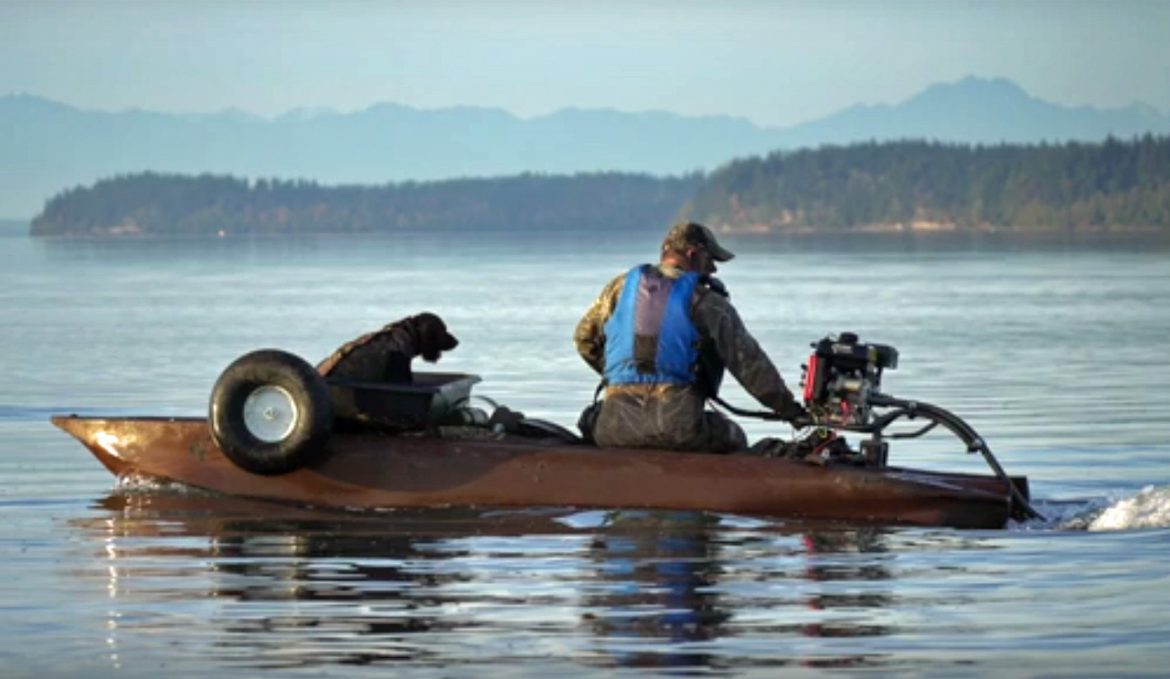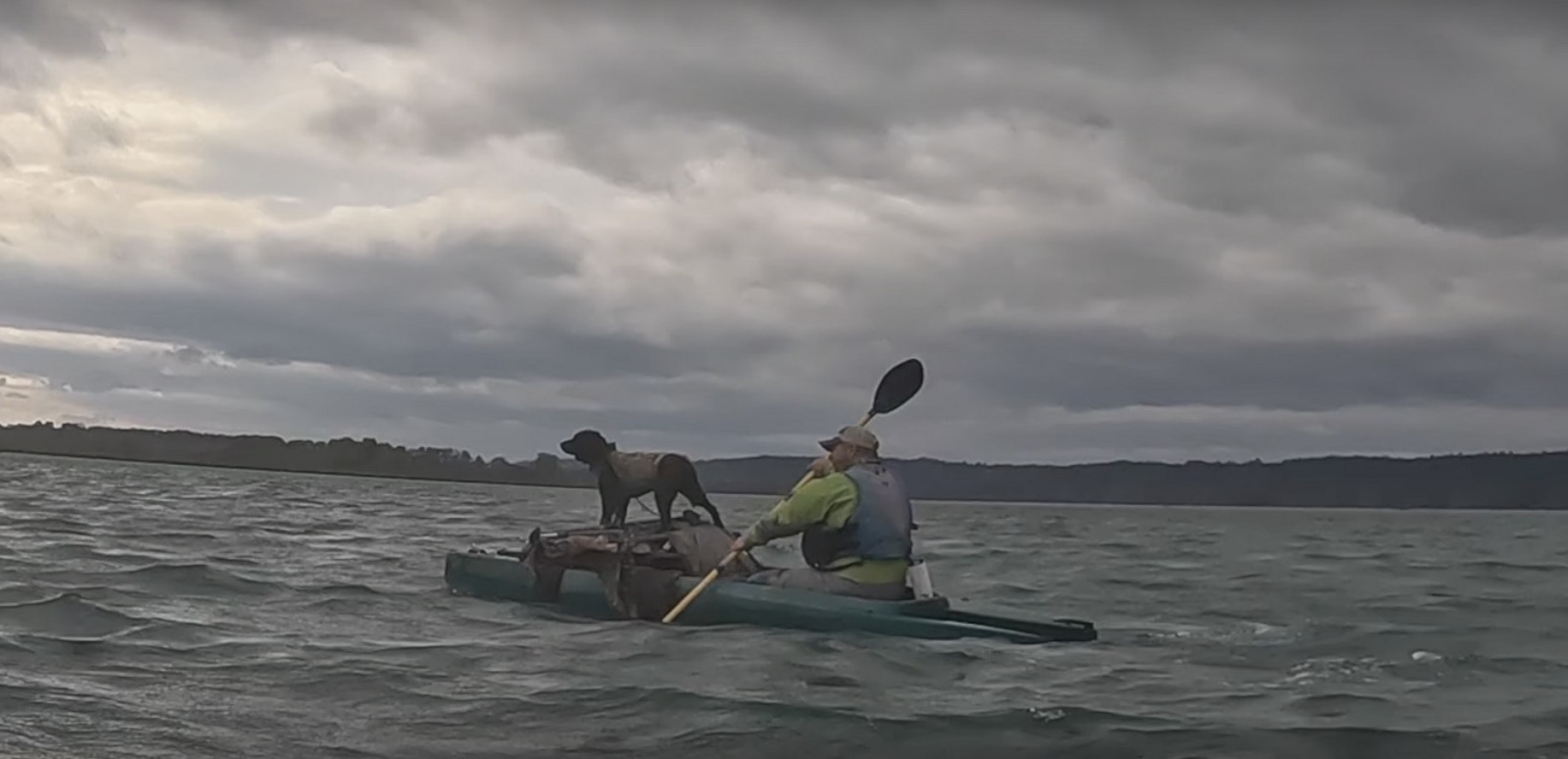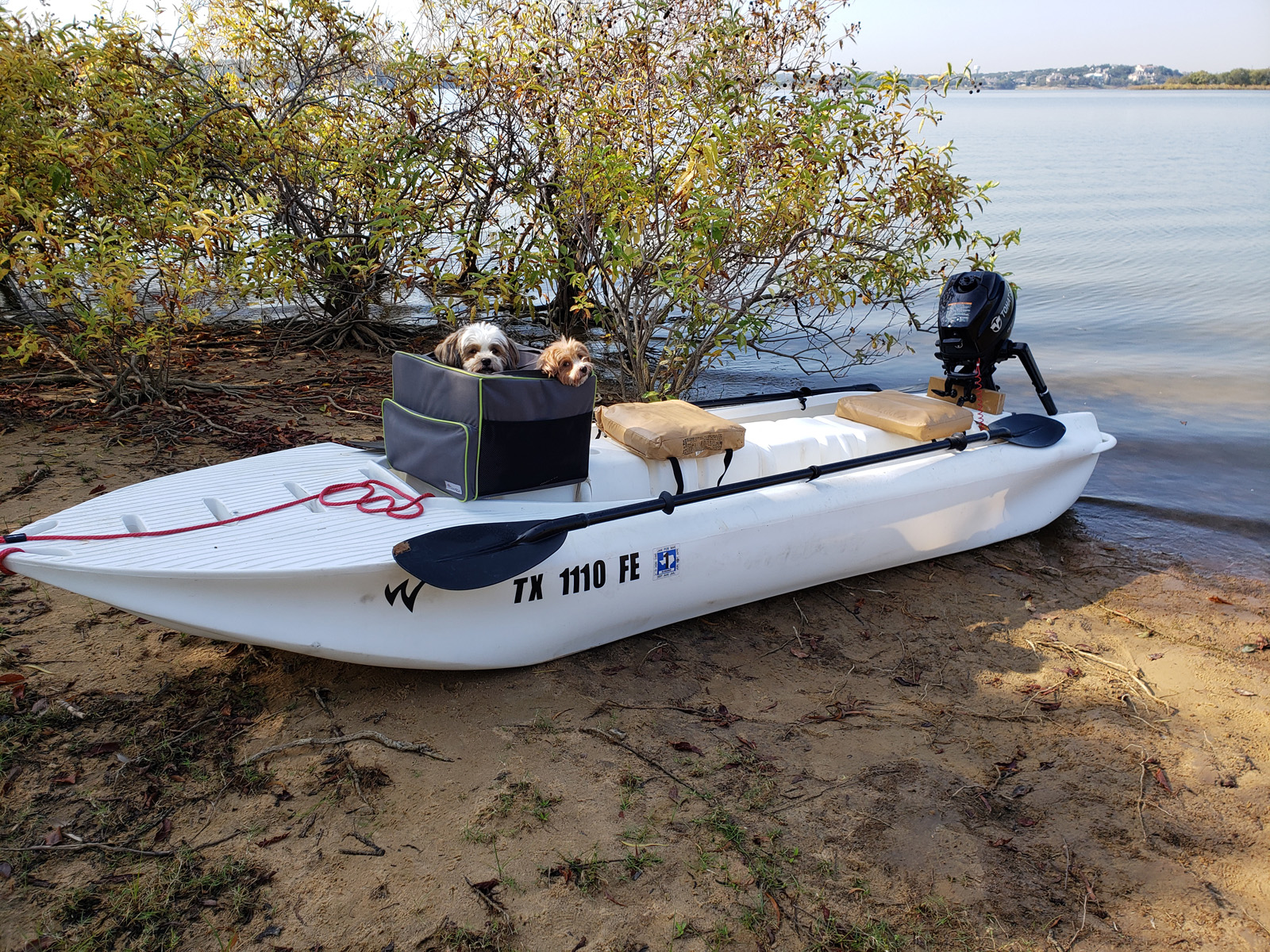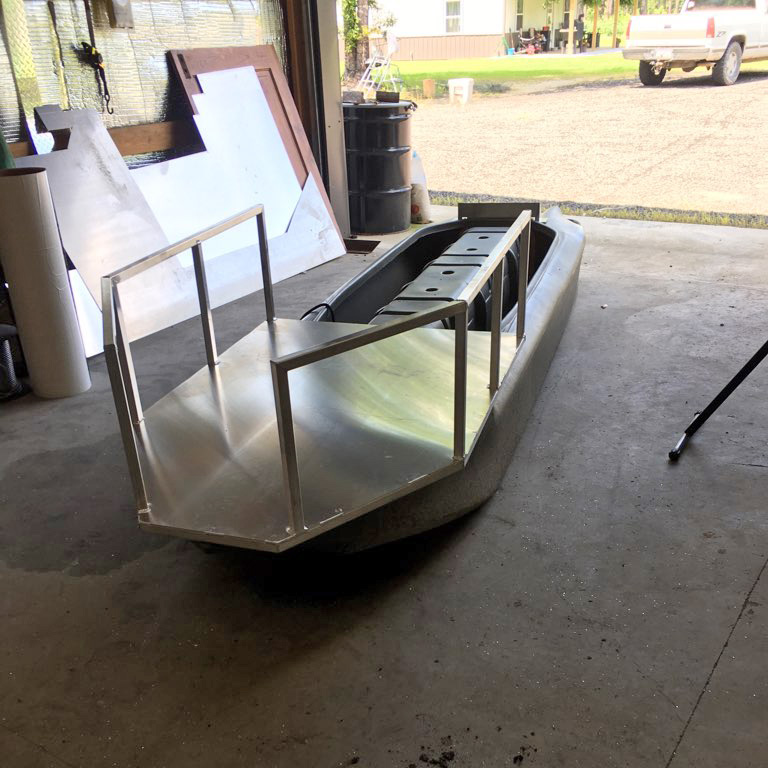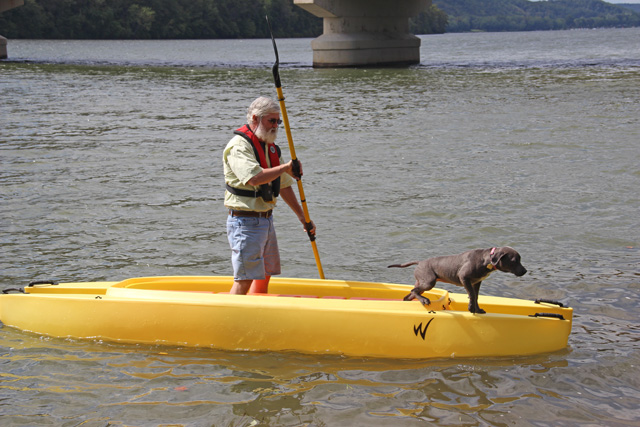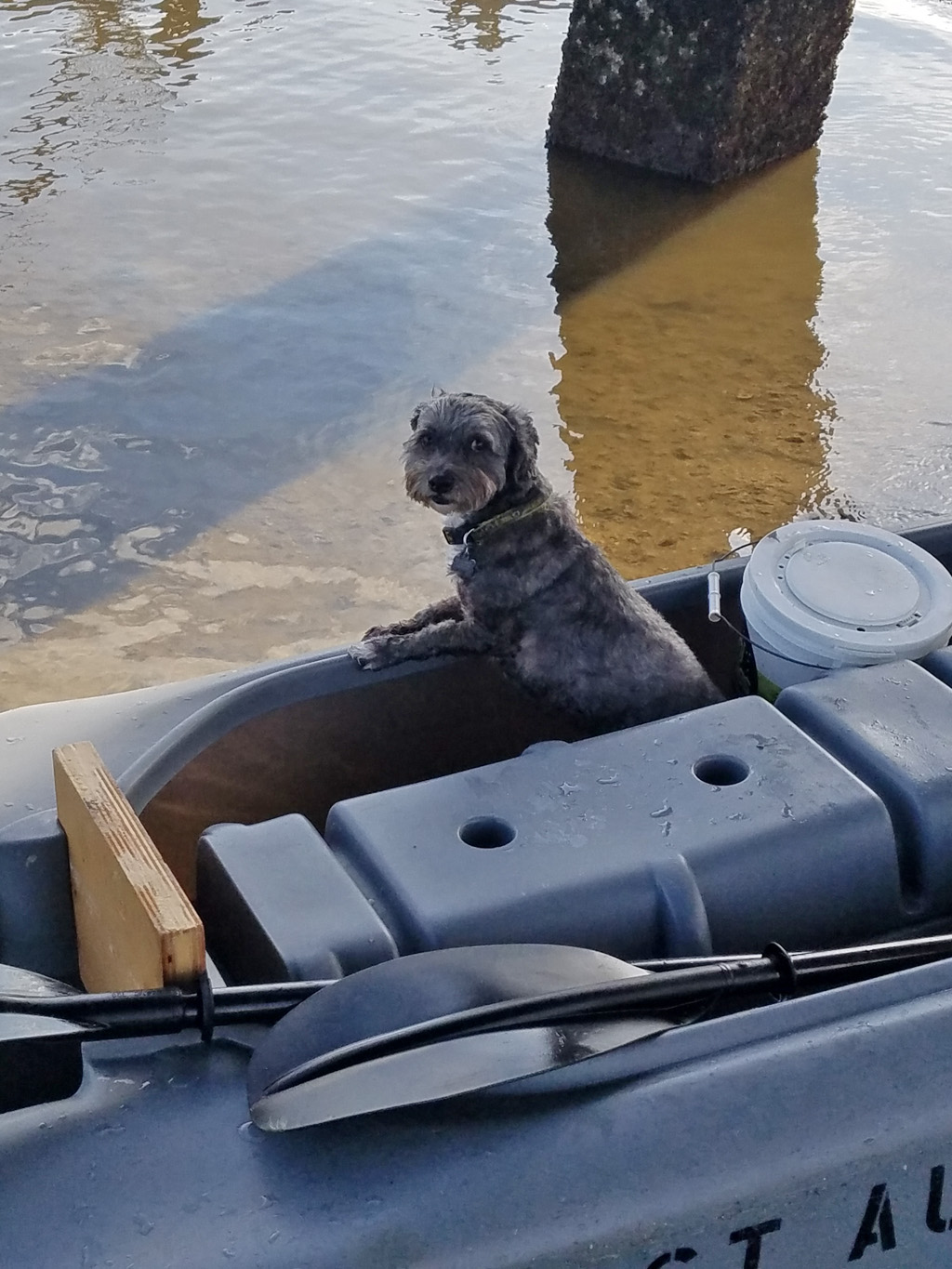Updated February 6, 2025
What is an outrigger?
An outrigger is defined as a framework supporting a float extended outboard from the side of a boat for increasing stability. In kayaks, outriggers usually come in a pair mounted at the rear, so as to interfere as little as possible with the kayaker’s paddling and fishing activities.
Why are fishing kayaks required to be so stable?
A fishing kayak is required to be stabler than other kayaks for a number of reasons –
- The first reason is because the kayak’s operator is often busy fishing, which means they cannot pay much attention to balancing their kayak as they scout for fish, operate their fishing gear, and handle a fish they just caught.
- The second reason is that people who paddle sit-in, SOT or hybrid kayaks do it while being seated in the L position, with their legs stretched in front of them in a way that prevents them from being effective for balancing. This is the reason why the paddle is the principal means such paddlers have for stabilizing these kayaks, and this means that it’s easier for them to keep their balance while they’re holding their paddle and preferably using it for paddling.
- The third reason is that people who pedal a kayak find it even harder to balance it, as their legs activate the pedal drive from the kayak’s center line, with their feet l moving high over the deck. In this awkward position the legs are prevented from contributing even the little help in balancing that they could have contributed in a paddling mode. This makes the notion of a hands free pedal fishing kayak part of the realm of fantasy (a.k.a. hype).
- The fourth reason is that some people who believe sit-in and SOT manufacturers’ hype try to fish standing in or on their kayak, only to find out that in reality they don’t feel stable enough, and balancing their kayak comes at a price of a continuous effort, both in physical and mental terms, i.e. micro-adjustments and focus.
- The fifth reason is that some people have balancing problems resulting from a deficient sense of balance, a neurological condition such as multiple sclerosis (MS), artificial knees or hips, or simply because of old age or just because they’re big and tall.
- The sixth reason why people look to outfit their fishing kayak with outriggers is because when they outfit it with a powerful motor the higher speed increases the chance of accidents, which calls for improved stability.
How do outriggers work to increase a kayak’s stability?
An outrigger’s float is a buoyant object who’s much lighter than water. As such, an outrigger can resist downward pressure that’s pushing it into the water. Being attached at a considerable distance from the kayak’s longitudinal center line gives the outrigger’s float a mechanical advantage over whatever that pushes the kayak’s main hull downward on the same side, such as the kayaker’s own weight. This mechanical advantage enhances the outrigger’s effectiveness in stability terms.
I other words, the bigger the outrigger’s floats are and the further away they’re attached from the kayak’s center line, the stabler that kayak is likely to be.
In contrast, small outriggers that are attached close to the kayak’s hull, or outriggers that are part of the kayak’s hull and are deployed sideways by a lever system have a small effect on the kayak’s overall stability.
How effective are outriggers for increased stability?
Small outriggers offer some initial (primary) stability, so they can have a psychological effect of diminishing the paddler’s fears and boosting their confidence. But when push comes to shove, that is in case of an accident or even a common case of lost balance, small outriggers offer too little secondary stability to prevent the kayak from seriously tilting, which is enough to dump its passengers overboard. This is especially true if the kayaker happens to be standing up or elderly, big and tall, suffering from balance disabilities etc. – In other words, people who have a better reason to use outriggers in the first place are also more likely to lose balance and fall overboard because the outriggers they use are not big and buoyant enough. This is to say that between using small outriggers and using none, the latter option has some advantages…
Folding outriggers that are integrated into the rear end of the kayak’s hull and deployed outward by means of a lever have the same effect as small outriggers. Such kayak offers little stability when its folding outriggers are not deployed outward, and when its outriggers are in the open position the overall stability it offers is comparable to the overall stability offered by a regular wide SOT kayak with no outriggers. This means that if you have no intention of fishing standing on the deck of a big regular fishing kayak, you shouldn’t even consider a kayak that features outriggers that are integrated into its main hull, even if the manufacturer of such kayaks is seen stating in a promotional video that their product offers (quote): “the buoyancy equivalence of an 8 ft wide boat” (end quote)… BTW, the beauty of such a statement is that because it’s so obviously and ridiculously false, it probably fails to mislead anyone.
Light rigs – Outriggers built from thin, small-diameter aluminum tubes might bend or snap when exposed to strong pressure. This is especially true if the floats are big and located at a big distance from the kayak itself.
Outriggers made from thin steel rods can bend, and outriggers made from thin wooden beams can break.
Outriggers poorly attached to the kayak could get torn out of their place in case of an accident.
Can outriggers create problems in paddling and fishing?
Indeed they do, and these problems are worth consideration:
1. Extra drag
Typical outriggers are several times shorter than the kayak’s hull itself. This means that as the kayak moves, the outriggers move at speeds that are many times higher than their own hull speed (Froude number). This generates a disproportionately large amount of Residual resistance (Rr) as well as extra Frictional resistance (Fr), and the kayaker feels their combined effect as extra drag on the kayak, which makes it slower and much harder to paddle.
But this is not the end of the drag story, since the outriggers also generate their own wakes, which interact with the wake generated by the kayak’s main hull in a manner that increases turbulence and works to further increase drag. This additional unwanted effect is especially strong in outriggers that are mounted close to the kayak’s hull.
And if this wasn’t enough, outriggers also increase the kayak’s exposure to the wind, and this tends to reduce the kayak’s directional stability. In other words, it’s almost impossible to paddle a kayak outfitted with outriggers if you don’t outfit it with a rudder as well. But since rudders reduce the kayak’s speed by 10% in average, it’s possible to say that a kayak outfitted with outriggers is not one you’d like to paddle simply because paddling it would prove to be to hard for you, unless you’re out for a short trip on flat water.
2. Extra weight – problems with transporting and carrying
Let’s face it – fishing kayaks are the heaviest kayaks out there. Many fishing kayaks weigh over 70 lbs, and the most barge-like of them weigh up to 120 lbs. Such size already makes it impossible for many anglers to car top their kayak, and forces them to transport it on a trailer, which clearly defies the purpose of kayak fishing in yet another way.
A pair of outriggers can weigh over 20 lbs, which transforms even a kayak of reasonable weight into a barge in terms of transportation and carrying it to the beach and from it back you one’s vehicle.
3. Mobility problems
Kayaks equipped with outriggers simply don’t move as well as other kayaks do. This is true for shallow water with obstacles, seaweed or grass, for rocky beaches (‘rock gardens’), and for moving water where the outriggers make the kayak harder to steer and control.
4. Fishing problems
When you fish out of any boat including a kayak, you strive to get out of your way any object that could interfere with your fishing lines, whether when you cast, reel in a fish or land it. Outriggers are large size and intricate structures that are located close to the kayak, and as such present a constant threat to your lines – In fact, people who fish out of kayaks with outriggers are always careful to cast as far as possible from their kayak’s rear end, and since most kayaks already present typical restrictions on anglers, any additional limitations are not welcome, by definition.
What is the best type of outriggers for my fishing kayak?
Ideally, you’d want your kayak outriggers to be as long as possible, so they generate as little drag as possible when the kayak moves in the water. After all, you want to go places, which is why you got a kayak in the first place.
You also want the outriggers to be as big as possible so they have more buoyancy, and thus work better to provide the required additional lateral stability. As far as you’re concerned, outriggers are mission critical!
You want the outriggers to be attached to the middle section of the kayak, so they work to provide stability on its sides and not just in its rear, where you don’t necessarily need it – As they say: Location, location, location!
You want the outriggers to be as small as possible, so they don’t weigh too much. Kayaks are supposed to be lightweight, remember?
You want the outriggers to be attached to the kayak’s rear end, at a good distance from you, so they won’t interfere with your fishing activities… After all, fishing is what got you to buy the kayak in the first place, right?
Bottom line: There’s no such thing as ideal outriggers, which is why you need to carefully weigh the whole idea before you go forward with it.
Are outriggers recommended with Wavewalk’s kayaks?
We recommend outriggers for a Wavewalk 720 kayak if it’s sailed with a large-size, powerful upwind sailing rig. This is because of the considerable destabilizing lateral forces produced while sailing such a big rig in strong wind, and because realistically speaking, most recreational sailors lack the experience and skills needed to sail under such circumstances, and they would need outriggers with other small boats. We recommend that such outriggers be sturdy and of large size so they may provide enough support to compensate for the sailor’s lack of agility, experience, etc…
Stuff happens!
Learn more about the Most Stable Fishing Kayaks available today, which are Wavewalk’s W720 Kayak-Skiff and S4 Microskiff.
Do you have any questions for us?


